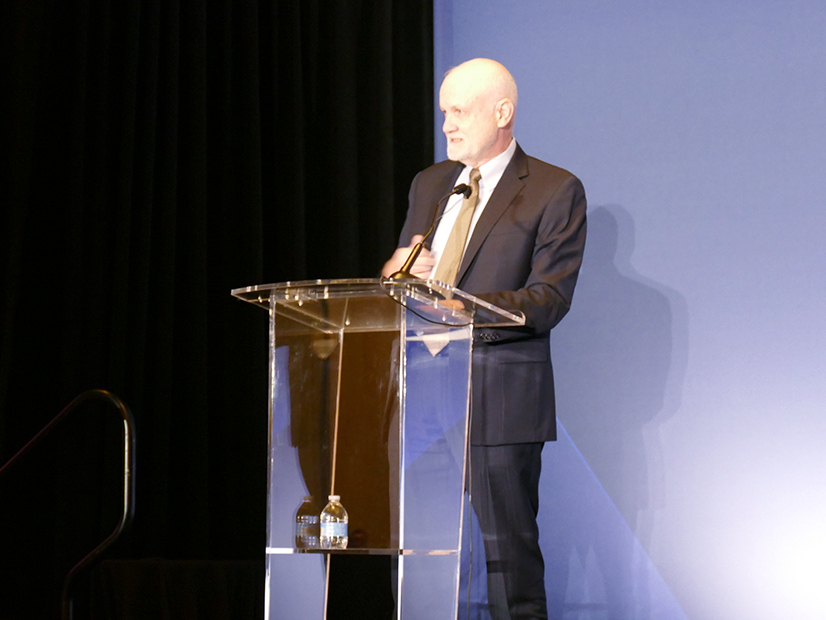Overheard at the Energy Bar Association’s 2024 Annual Meeting
Apr 29, 2024
|
The ongoing turnover of the generation fleet to cleaner resources, the recent return of demand growth and the need to stitch all that together with transmission expansion all came up at the Energy Bar Association’s Annual Meeting.

